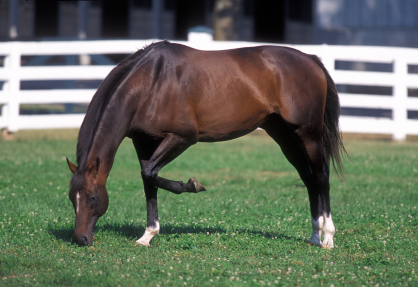 Turn them out to pasture is often considered the simple solution for preventing the return of equine gastric ulcers syndrome (EGUS) but for many, pasture just simply is not an option. This is particularly true when dealing with stallions. Few owners are prepared to take the risks associated with having stallions in turn out. This leaves many stallions in box stalls being managed in ways that increase their risk of developing EGUS. So what is it about this environment and management style that increases your stallion’s (or any horse’s for that matter) risk of developing EGUS? To answer that question requires some knowledge of the anatomy and physiology of the equine stomach.
Turn them out to pasture is often considered the simple solution for preventing the return of equine gastric ulcers syndrome (EGUS) but for many, pasture just simply is not an option. This is particularly true when dealing with stallions. Few owners are prepared to take the risks associated with having stallions in turn out. This leaves many stallions in box stalls being managed in ways that increase their risk of developing EGUS. So what is it about this environment and management style that increases your stallion’s (or any horse’s for that matter) risk of developing EGUS? To answer that question requires some knowledge of the anatomy and physiology of the equine stomach.
The horse’s stomach is one chamber or simple stomach (unlike the ruminants 4 chambered stomach) that is relatively small considering their overall size; only 2 to 4 gallons in an 1100lb horse. It acts primarily as a holding and mixing vat with relatively little digestion occurring. However hydrochloric acid is secreted which activates pepsin, an enzyme that is necessary for protein digestion. The stomach is lined with two very distinct types of tissues or epithelia; the upper one third is lined with squamous epithelia and the lower two thirds with glandular epithelium. The dividing line between them is called the margo plicatus. Interestingly the stomach works best when only two thirds full corresponding to the area of the glandular epithelia. With the feeding of few large meals per day there is the risk of exceeding the stomachs preferred capacity.
Due to the fact that the horse evolved to be eating almost constantly, the glandular epithelia constantly secrete hydrochloric acid, up to 16 gallons a day1.
This is an important point, and the first hint as to why many horses today are at risk for developing EGUS. In contrast to the glandular epithelia, the squamous epithelia do not secrete acid and therefore do not secrete mucin or bicarbonate. This leaves them unprotected should they come into contact with the hydrochloric acid which in an ideal scenario is a rare event. Knowing this difference though, it doesn’t take much to guess where the majority of ulcers are located when they do occur.
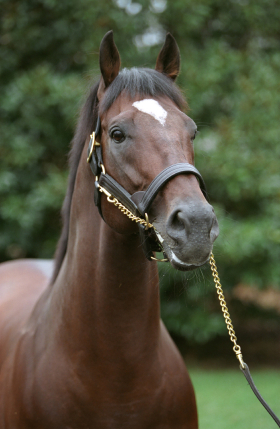 In the natural setting the horse is consuming mostly forages which contain a large proportion of complex cell wall components. This fibrous material acts to buffer and absorb the acid and also forms a raft on top of the liquid portion of the stomach contents creating a physical barrier. This raft prevents the stomach acid from splashing onto the unprotected squamous epithelia. The almost constant consumption of such forages requires thousands of chews, and chewing causes release of saliva. Contrary to what many believe, equine saliva contains very little amylase and therefore has very limited impact on carbohydrate digestion. However it does contain bicarbonate which on entering the stomach acts as an additional buffer to the acidic environment.
In the natural setting the horse is consuming mostly forages which contain a large proportion of complex cell wall components. This fibrous material acts to buffer and absorb the acid and also forms a raft on top of the liquid portion of the stomach contents creating a physical barrier. This raft prevents the stomach acid from splashing onto the unprotected squamous epithelia. The almost constant consumption of such forages requires thousands of chews, and chewing causes release of saliva. Contrary to what many believe, equine saliva contains very little amylase and therefore has very limited impact on carbohydrate digestion. However it does contain bicarbonate which on entering the stomach acts as an additional buffer to the acidic environment.
Modern day feeding practices, where access to forage is often limited to meals and sometimes reduced to allow for the feeding of large amounts of non-fibrous supplemental feeds that require little chewing, are therefore not an ideal scenario for squamous cell epithelia. Feeding grains can actually increase acid secretion.2 There is a reason why the majority of gastric ulcers are found in the squamous portion just above the margo plicatus and why EGUS is said to be a “man-made” condition!
Our modern day management practices reduce the amount of chewing which in turn reduces the production of buffering saliva as-well-as the amount of material consumed for maintenance of a good raft. Without a good raft, stomach acid is more able to splash up and contact the vulnerable squamous epithelia.
Forages also have their own buffering capacity meaning they help to reduce swings in pH, they also have slower rates of passage out of the stomach than grains.
Approximately 75% of the liquid portion and 25% of feed matter in the diet pass out of the stomach in 30 minutes.
When horses are meal fed there is the real risk that they can spend large amounts of time with very little material in their stomach at all. This leaves them with little material to absorb the continuous supply of acid let alone form a raft.
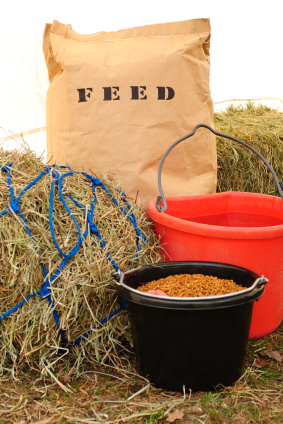 Another issue with diets low in forages and higher in more easily digested carbohydrates is the fact that these simple carbohydrates may undergo some bacterial fermentation in the stomach. This fermentation will result in the formation of volatile fatty acids. Therefore the larger the amount of grains fed the greater the production of these gases which can ultimately irritate the squamous epithelium and in severe cases may result in gas colic.
Another issue with diets low in forages and higher in more easily digested carbohydrates is the fact that these simple carbohydrates may undergo some bacterial fermentation in the stomach. This fermentation will result in the formation of volatile fatty acids. Therefore the larger the amount of grains fed the greater the production of these gases which can ultimately irritate the squamous epithelium and in severe cases may result in gas colic.
Beyond the ability to eat constantly, being out on pasture also provides an environment closer to the natural environment of the horse providing fewer sources of stress. Stress in horses is known to increase the release of gastric acid and therefore ulcer risk. Research has shown that removing horses from a familiar environment, transporting them to a new environment, lightly exercising them and feeding them twice a day before returning them home, increases the number and severity of ulcers compared to control horses maintained in the original home environment.3 Both physical stress (illness, musculoskeletal disorder) and behavioral stress (showing, moving to a new barn, having a new horse move into the stall next door, a new trainer or groom, moving from pasture to a stall etc) as well as the use of non-steroidal anti-inflammatory drugs can cause ulcers. Stallions in a breeding shed environment are faced with many of these stressors and if they are also on the competition circuit sources of stress increase further. Just the change of routine that comes with breeding season or the act of breeding or being collected could be enough stress to cause ulcers.
The common signs of ulcers; changes in eating and drinking behavior, recurrent colic, dull coat, poor body condition, reduced performance, and poor attitude can also be due to other causes so that owners and managers may not consider ulcers as the problem.
It is easy to discount signs, poor behavior is just a “chip on the shoulder”, lost body weight due to travel dehydration, poor coat due to a change of seasons etc. all of which may be true but which could also be due to ulcers.
Knowing why it is that your stallion (or other horse) is at risk of EGUS is the first step in prevention. While ulcers can be successfully treated with proton pump inhibitors that stop the production of gastric acid their use should be viewed as a treatment not a long term solution. Unless changes are made to management and environment the ulcers will likely return once treatment is complete.
While moving the horse to pasture is unlikely a realistic solution in the case of stallions there are other changes that can be made. Could you feed three or more times a day? Yes this will likely increase labor costs but if it improves the well being of the horses in your care and reduces the need for costly treatment protocols this may be an investment worth making. Consider the use of one of the many forms of slow feeder available on the market. By slowing hay intake these feeders keep horses chewing longer and often reduce the amount of hay wasted in bedding helping to improve return on investment.
Alfalfa has been shown to have greater buffering capacity than grass hays due to its high protein and calcium content, and therefore feeding some of the hay in the ration as alfalfa may be beneficial.4
Whenever possible reducing the grain/concentrates in the diet is another preventative step. If additional calories beyond those in forage are required to maintain body weight try feeds that utilize highly digestible fibers such as beet pulp and soybean hulls as well as fat sources like rice bran and soybean oil. Decrease the size of all concentrate meals so that no more than 0.5lbs of grain per 100lb of body weight are being provided at any one time and when possible feed concentrates divided into three meals a day.
Discuss with your vet whether using low doses of anti-secretory agents such as UlcerGard would be a good idea when travelling to competitions or when known management changes are occurring such as at the start of breeding season. Also consider a daily neutriceutical such as EGUSIN or Smart Gut Ultra which recently have both been shown to reduce the risk of EGUS recurrence once treatment for ulcers with Gastrogard is complete.
By understanding how your horse’s digestive tract is designed to work and the impact management has on gastric health you can make informed choices that will help maximize your horse’s well being and performance. I encourage you to perform an ulcer audit for each of your horses, identify their ulcer risk factors and then set about fixing which ever ones that you can.
See Also:
Nutritional Considerations for Breeding Stallions
1. Kitchen DL, Merritt AM, Burrow JA. Histamine-induced gastric acid secretion in horses. AJVR 1998;59(10):1303-1306.
2. Murray MJ. Overview of equine gastroduodenal ulceration. AAEP Proccedings 1997;43:382-387.
3.
McClure SR, et al. Gastric ulcer development in horses in a simulated
show or training environment. JAVMA 2005;227(5):775-777.
4. Nadeau
JA, Andrews FM, Mathew AG, et al. Evaluation of diet as a cause for
gastric ulcers in horses. AJVR 2000; 61(7):784-790.
______________________________________________________________________________________________
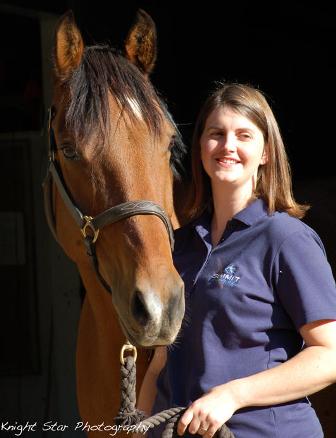 Dr. Clair Thunes independent equine nutritionist and owner of Summit Equine Nutrition LLC
works to take the guess work out of feeding horses and providing her
clients with the peace of mind that their horses have exactly what they
need. Clair has experience formulating balanced nutrition programs for
breeding farms and performance stallions. Her Strong StartTM program provides correct nutrition for the foal from conception through to 1st birthday and further details may be found here. Contact Clair at clair@summit-equine.com or 916-248-8987 to learn more about how her programs can benefit your farm.
Dr. Clair Thunes independent equine nutritionist and owner of Summit Equine Nutrition LLC
works to take the guess work out of feeding horses and providing her
clients with the peace of mind that their horses have exactly what they
need. Clair has experience formulating balanced nutrition programs for
breeding farms and performance stallions. Her Strong StartTM program provides correct nutrition for the foal from conception through to 1st birthday and further details may be found here. Contact Clair at clair@summit-equine.com or 916-248-8987 to learn more about how her programs can benefit your farm.

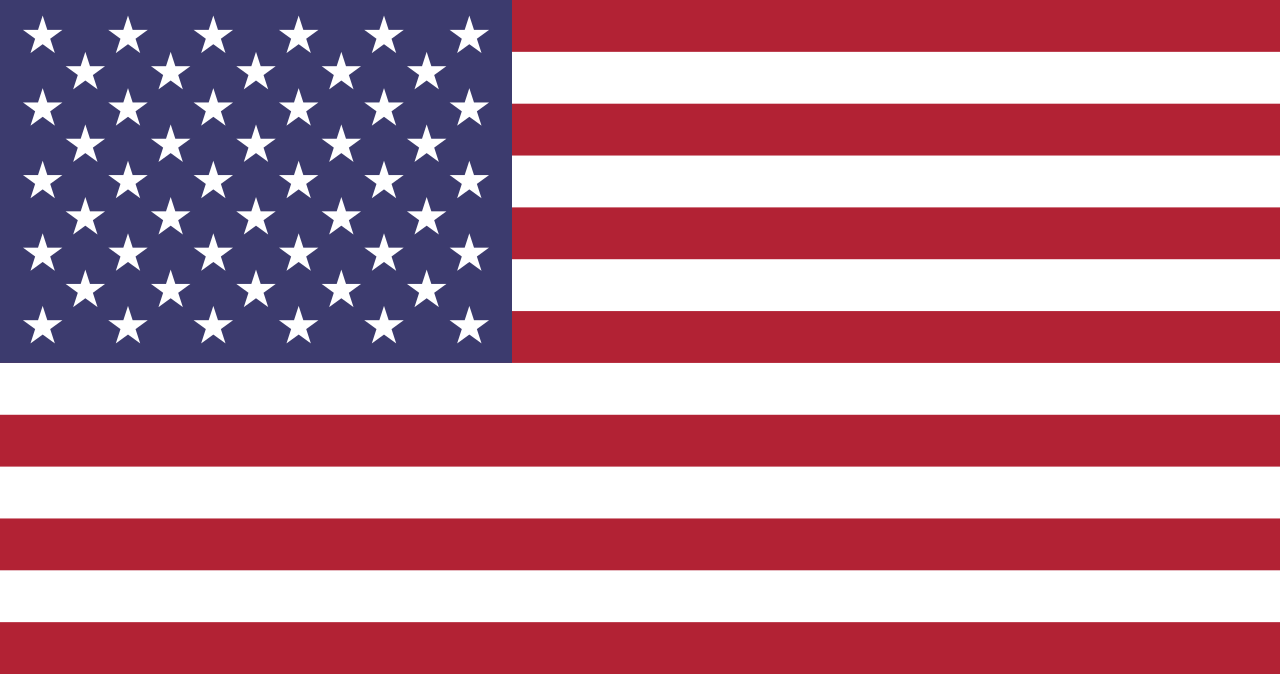
Log in to join the conversation.